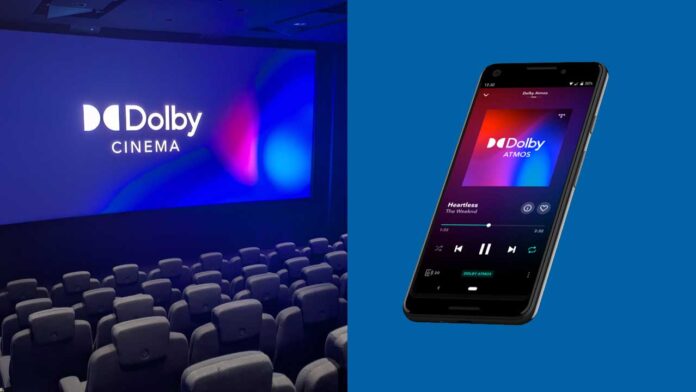You don’t scroll through your phone expecting a sound to wrap around you like fog or lightning. Yet, there it is—sound that doesn’t come at you, it moves. The Dolby Atmos app doesn’t merely play audio; it orchestrates it, casting soundscapes with invisible hands that know where to place every whisper, beat, or breath.
Reinventing Audio with a Mobile-First Mindset
Most mobile sound enhancers rely on volume boost or basic equalizers. Dolby Atmos breaks from that mold. This app doesn’t just tweak frequencies. It uses object-based audio rendering to allow users to experience directional sound, a technique that had previously been exclusive to cinemas and high-end audio systems.
Adaptive Intelligence Tailored to Every Ear
Unlike static presets, the Dolby Atmos app integrates an intelligent profiling system. It adapts audio output based on the type of content being consumed. Whether you’re gaming, streaming, or video calling, the app tailors the auditory experience, ensuring that dialogue, music, and sound effects are always in their optimal spatial locations.
Seamless Integration Without Breaking Your Battery
One would expect a sound technology of this scale to drain battery life or slow performance. Dolby Atmos is surprisingly light. It runs quietly in the background without impacting system resources, integrating so seamlessly with Android OS that users might forget it’s an app until they switch it off—and notice the sudden flatness of their sound.
Pioneering 3D Audio for Mobile Creators
Creators using Dolby Atmos on mobile are crafting layered sound experiences from a device they carry in their pocket. From short films to podcasts, artists can now preview spatial audio in real time. This allows independent content creators to elevate their sound design without a studio environment or desktop software.
Compatibility That Extends Beyond Boundaries
The Dolby Atmos app supports a wide spectrum of codecs and formats, offering broad compatibility with hardware. It functions independently of specific brand ecosystems. Whether using Realme, Lenovo, or Motorola phones, users can unlock Atmos features natively, provided the hardware includes the right audio drivers and chips.
Audio Customization That Respects Your Taste
Some apps force users into fixed soundscapes. Dolby Atmos allows fine-grained customization of spatial sound behavior. Listeners can choose whether audio feels close and intimate or grand and atmospheric. These options adjust sound layering and movement to match user preferences instead of relying solely on device presets.
The Way It Handles Verticality in Sound
Where traditional stereo focuses on left and right, Dolby Atmos introduces height into the mix. Sounds can appear from above or below, transforming even a small screen movie into a spatial experience. This vertical integration gives users a dimensional audio experience never before possible on a smartphone.
Reinventing Headphone Listening on the Go
Users often expect Atmos only when paired with a full speaker system. But with this app, even simple wired or Bluetooth headphones become gateways to cinematic immersion. The app processes surround sound virtually, simulating speaker positions and movement within a 360-degree space.
Gaming Audio That’s No Longer Just Loud—But Lifelike
The gaming mode in the Dolby Atmos app makes footsteps sound behind you and gunfire emerge from the sides. In battle royale and open-world games, this spatial awareness becomes a tactical edge. It converts generic sound into positional audio that gamers can rely on without additional hardware.
Immersive Video Calling Experience
With Atmos, even routine activities like video calls take on new clarity. Voices are isolated with incredible precision, and background sounds are subtly diffused. This leads to natural conversation flow, making meetings feel closer to in-person interactions, especially in environments with background noise.
Dolby Link
Video Download Link
Future-Proofing the Mobile Soundscape
The Dolby Atmos app is not static; it updates regularly with enhancements that support new audio standards and devices. As foldables, wearables, and AR interfaces evolve, the app adapts. It positions itself not just as an enhancement for today’s phone, but as a platform ready for the immersive technologies of tomorrow.





